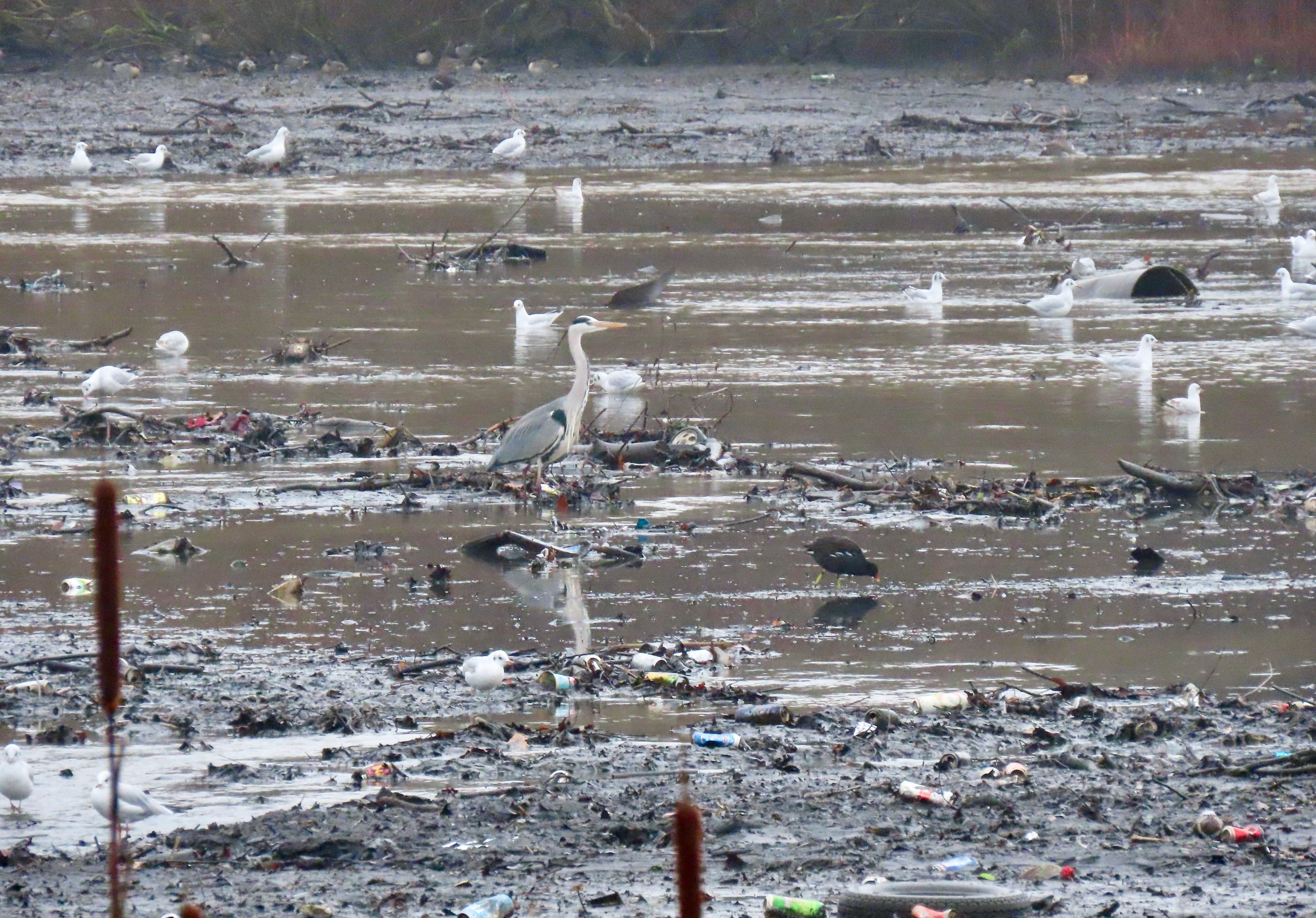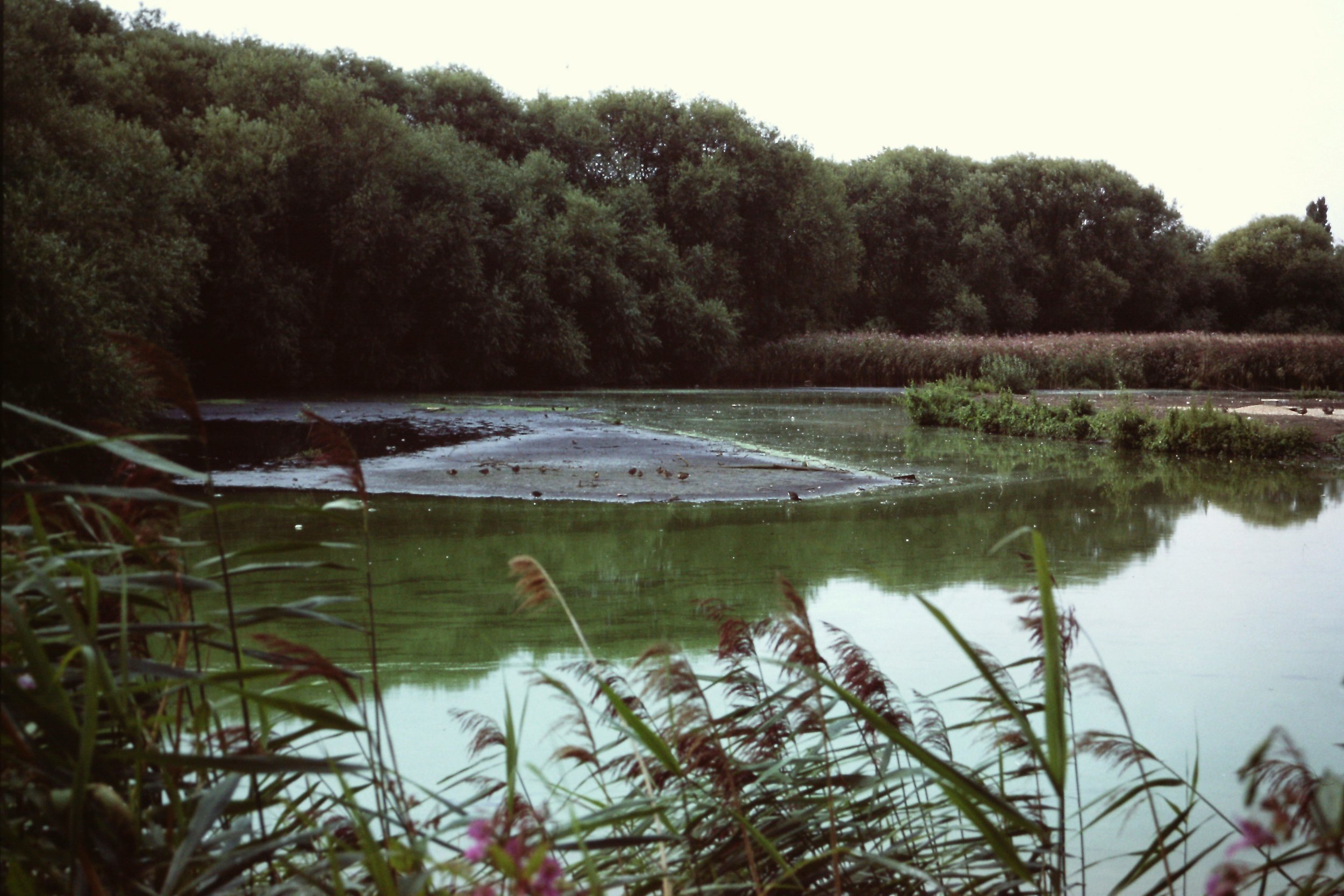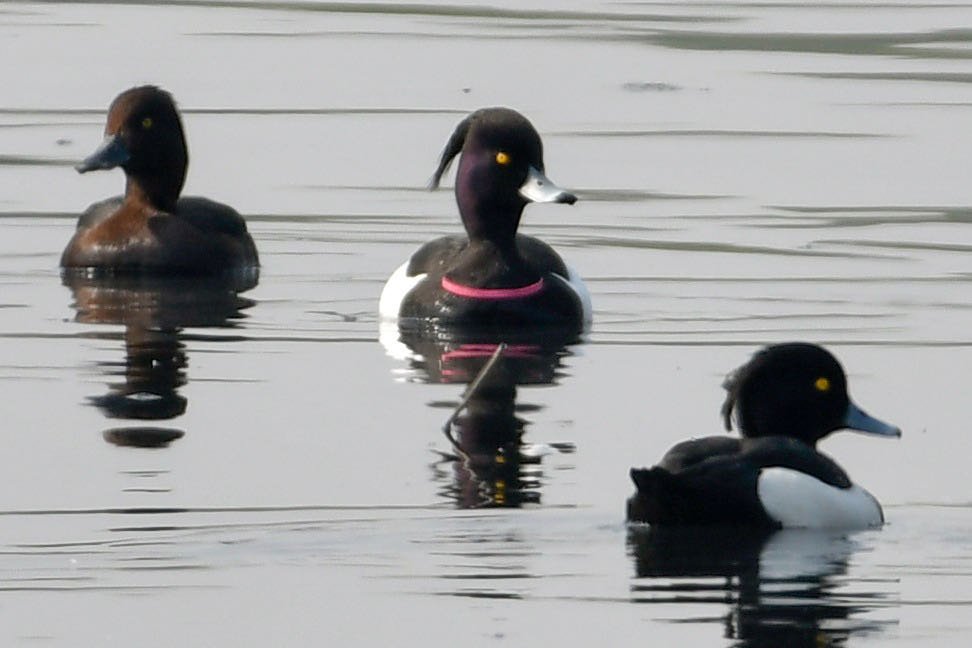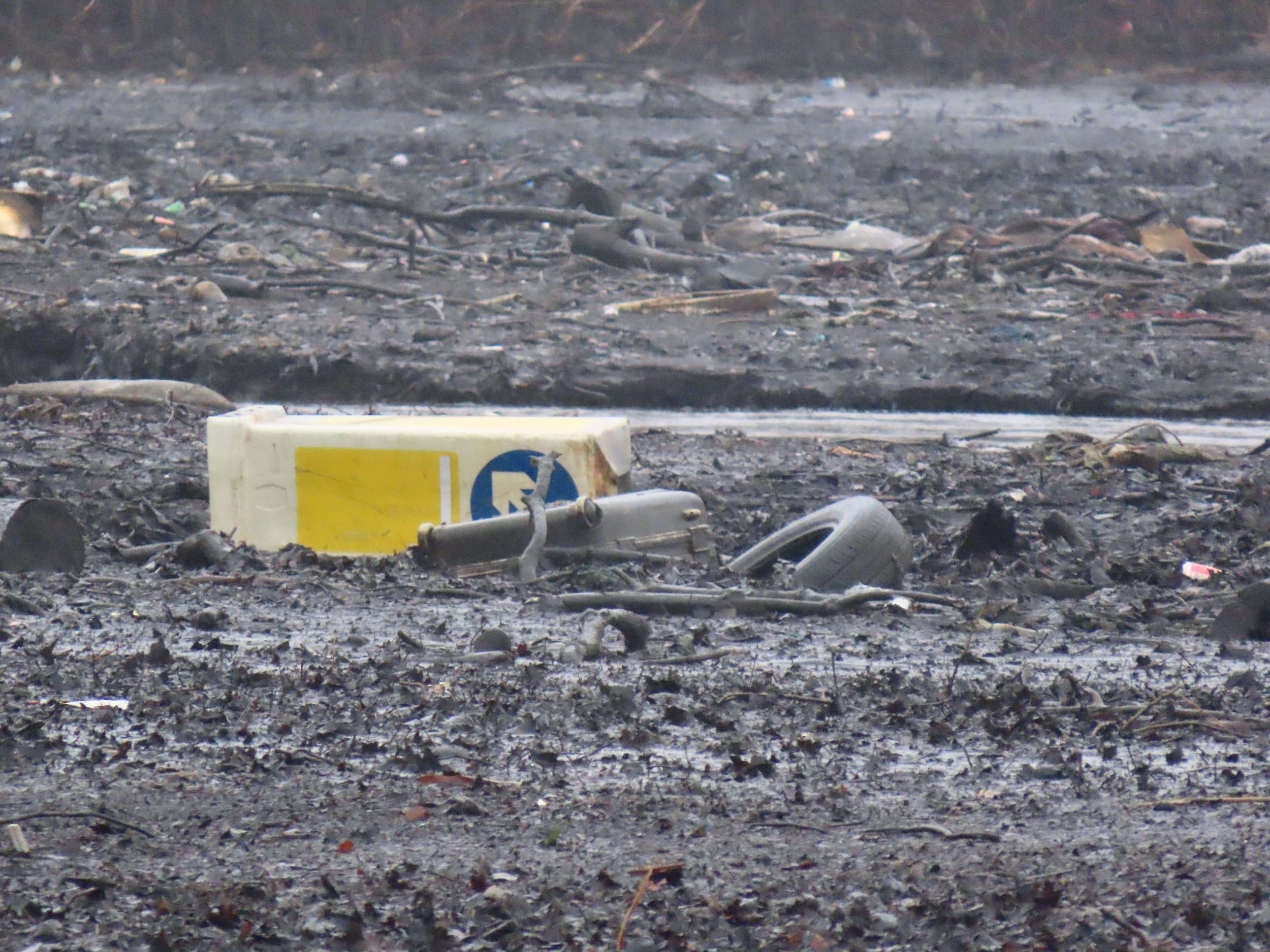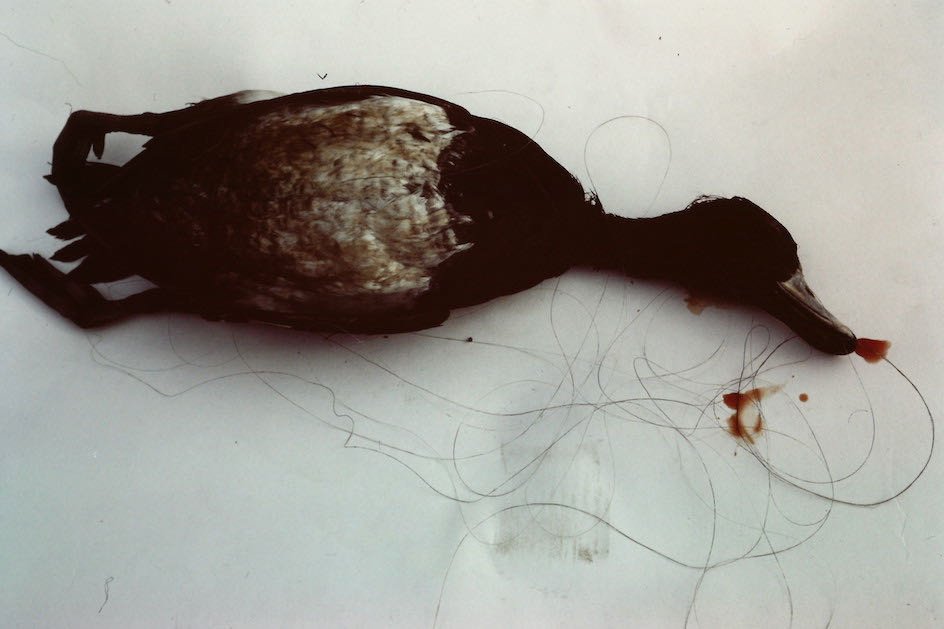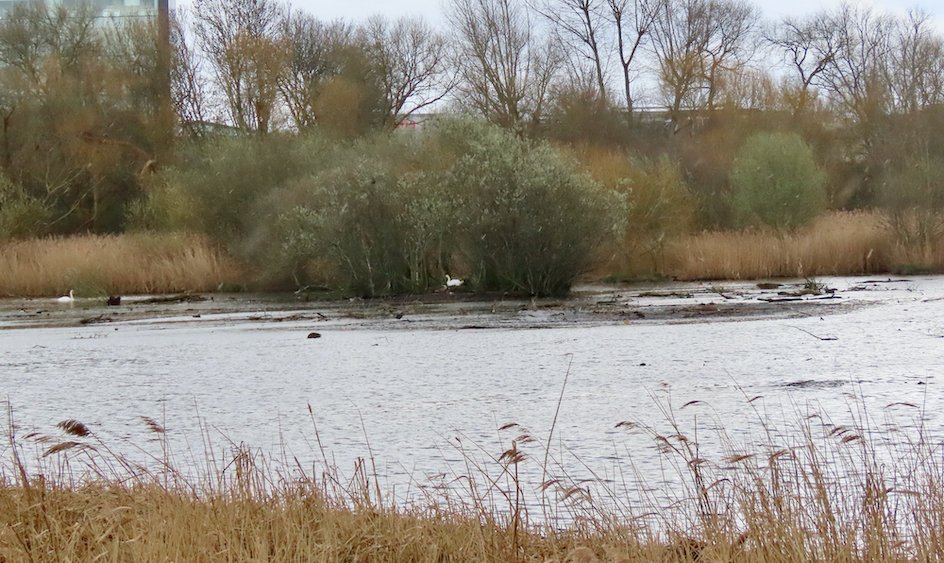Our vision for the Welsh Harp
A plan for the future of Brent Reservoir
North Marsh, Brent Reservoir, Jan 2021
Background
Originally built in the 1830s to provide water for London’s canals, Brent Reservoir (the Welsh Harp) is 170 acres (69 hectares) of open water, marshes, woodland and grasslands, and a 70 year-old Site of Special Scientific Interest (SSSI) and Local Nature Reserve in North-West London. Part bird sanctuary, part recreational space, the reservoir and shoreline is now owned by Canal and River Trust, the open areas by Barnet Council and Brent Council. The two inflowing rivers are managed by the Environment Agency, which also oversees the reservoir’s flood control function. Natural England advises on the reservoir’s environmental issues and adjudicates on the SSSI status.
Who are we?
We are the key voices behind a sustained recent campaign to highlight decades of neglect at the Welsh Harp. We formed an alliance to push for change in January 2021 when the water level of the reservoir was temporarily lowered by one metre for dam repairs — a small drop, but one which starkly revealed the extent of a deep-rooted environmental crisis both offshore and onshore.
We have presented photo-stories and aired issues online, organised volunteer clean-ups, delivered a detailed report to the Welsh Harp Joint Consultative Committee, and met for discussions with all land owners and Natural England. We have been the subject of news reports on BBC London News and ITV, and seen support from RSPB, Thames21, London Wildlife Trust, the Good Law Project, the ENDS Report and across several political parties.
In response to the campaign, Barnet Council and Brent Council jointly announced on March 21 2021 they are “determined to secure a cleaner, greener future for Welsh Harp” and committed to a “long-term vision” to be outlined in a new upcoming management plan. It followed Canal and River Trust’s recent bullet-point reaction, Action Plan for Brent Reservoir.
All three land owners have now pledged to work together on the new visioning document. It could be a turning point for this famous but long-overlooked green space.
With all the land owners now awake to the need for change, we want to take this opportunity to present our own 15-point Vision for Welsh Harp in an effort to kickstart a new era of environmental action at this historic SSSI. The goal is to reverse the decades of neglect and bring real change.
We say these fifteen aims that cover the reservoir, shoreline and open space should take a place in any future official plan.
Shoreline litter and debris, East Marsh, January 2021
What do we want to see?
1. Joined-up management by the three land owners (Canal and River Trust, Barnet Council, Brent Council) and the Environment Agency in a new initiative of cooperation
Recent pledges by all land owners to work together more closely are to be commended, but multiple ownership and blurred boundaries of jurisdiction can often complicate and hinder the taking of urgent action. Last month Natural England agreed with us that with the circulation of the recently-refreshed Welsh Harp ‘ownership map’, “the correct land owner must be held to account for their area of responsibility”. Where the boundaries are shared in places, we say it is imperative clear joint responsibility is taken to fix issues. Assuming another body will act should not be an excuse not to act. We say a new way of productively sharing information and taking regular ecologically-sound action by all land owners and the Environment Agency must now be established.
East Marsh wetlands with mixed waterside flora, 1999 (Photo: © Leo Batten)
2. Protection and enhancement of the Welsh Harp’s SSSI and Local Nature Reserve status
The Welsh Harp has been designated a Site of Special Scientific Interest (SSSI) since 1950, notified primarily for breeding wetland birds; the diversity of wintering waterfowl and variety of plant species growing along the water margins are also of special note for Greater London. It was declared a Local Nature Reserve (LNR) in 2005.
While land owners need to sensitively balance the recreational needs and rights of other visitors to the Welsh Harp who enjoy sailing, canoeing, walking and other activities — and the requirements of the reservoir’s flood control function — SSSI legislation states that statutory bodies have a general duty to take reasonable steps to further the conservation and enhancement of the special feature of SSSIs. It also states it is an offence to intentionally or recklessly destroy or damage the listed features of a SSSI or disturb its listed fauna, without reasonable excuse. This explicitly includes local authorities — in this case Brent Council and Barnet Council — and we say they should put it at the heart of their decision-making when permitting any new changes to the SSSI; not least the planned second footbridge that is set to span the protected bird habitat of the north marsh, linking the new housing development with West Hendon playing fields in the London Borough of Barnet.
We have to ask how is this new bridge a “cleaner, greener future for Welsh Harp”? Its siting was rigorously opposed at planning in 2018 by Natural England, RSPB, London Wildlife Trust and Welsh Harp Conservation Group, who all recommended a less damaging and cheaper option a little further north. We add our voices to this opposition. Launching Barnet Council and Brent Council’s new green visioning plan, Councillor Dean Cohen, Chairman of Barnet Environment Committee, said: “We know how valuable the Welsh Harp is to local people, and to wildlife. It’s a popular breeding site for wetland birds, and as an important Site of Special Scientific Interest, it’s important we maintain it to a high standard.” Really? Let’s hope so. We say strict adherence to SSSI obligations must form the basis of any plan going forward, and with that in mind the building of the bridge must now be re-evaluated.
Bed of the protected East Marsh revealed, January 2021
3. A halt to the fall in numbers of breeding wetland birds notified under the SSSI
As of March 2021, Natural England now considers the state of the Welsh Harp “a cause for concern”, and while it rates the Site Value Index as technically ‘favourable’ (sitting a few points above the threshold of 26), it realises “bird numbers are falling in certain key wildfowl species and that numbers and habitat conditions need to be monitored more closely”. Since 2000, numbers of Gadwall are down by 85%; Little Grebe by 76%; Northern Shoveler by 73%; the story is repeated in other species. We say it is beholden on all land owners to keep the welfare of breeding wetland birds notified under the SSSI at the forefront of management and biodiversity plans and to do all that is reasonably possible to arrest and even reverse the fall in numbers. The wetlands cannot be allowed to become an ornamental pond for waterside developers.
4. Adherence to their statutory “Biodiversity Duty” by public bodies
This is outlined in the Natural Environment and Rural Communities Act of 2006. All public bodies are legally beholden to their “Biodiversity Duty” which includes “restoring or enhancing” a habitat. Yes, this duty is acknowledged in recent joint management documentation, but it is tempting to ask — with no biodiversity plan currently in place at Barnet Council or Brent Council, and no ecologist or biodiversity officer at Barnet Council — is that acknowledgment just lip service? As Government guidance suggests, this duty is met not when policies and strategies are developed, but when they are “put into practice”. We say all land owners and land managers must re-assess their commitment to this duty.
5. The appointment of a biodiversity officer and the implementation of a biodiversity plan
Regardless of any new green aims in the three land owners’ yet-to-be-published joint ‘Vision for Welsh Harp’, it is imperative those land owners without a biodiversity officer should immediately appoint one; a professional who can advise on best ecological practice, linking with similar professionals in the employ of other stakeholders and local volunteer groups to deliver a joined-up interim biodiversity plan that benefits the whole of the Welsh Harp. Green spaces with good stewardship and rich biodiversity are also now known to bring significant physical and mental health benefits to the visiting public. We say there is no time to lose. Appoint a biodiversity officer now.
6. The appointment of a site ranger to coordinate conservation management ‘on the ground’
A Welsh Harp site ranger was a familar sight in the 1980s and 90s. We say it is now essential this role is brought back. The ranger(s) would work in conjunction with the biodiversity officer, and have a good working knowledge of habitat management and legislation covering wildlife and conservation. They would be the ‘local expert’ — coordinating conservation work, able to identify the local birds by sight and sound, with a comprehensive knowledge of the flora and common invertebrates; they would monitor trash traps and rubbish removal, and engage with the public and volunteer groups through community events, litter picking activities and educative organised wildlife walks. A link should be forged with the Welsh Harp Environmental Education Centre run by Thames21 on Birchen Grove; the ranger(s) might even use it as a base. The appointment would be also in line with the push for more green jobs and the popular London National Park City initiative.
7. Accurate mapping and management of all endangered wildlife, invasive plant and animal species and notable plant species notified under the SSSI status, offshore and onshore
Without accurate mapping of endangered wildlife, invasive plant species (e.g. Giant Hogweed, Himalayan Balsam, Japanese Knotweed), invasive animal species (e.g. terrapin, red signal cray fish) and the sixteen SSSI-notified rare plants (e.g. Common-Spotted Orchid, Greater Spearwort, Soft Rush) there can be no systematic management. The only semi-official plant list drawn up by employees at Brent Council is 25 years old. How can this be in the interests of conservation? It also means warnings arising from bird counts that do benefit from yearly analysis are going unheeded. How many SSSI-protected plants and birds no longer feature at the Welsh Harp through ignorance or negligence? How can land owners assess the habitat threat to any species without accurately measuring it? What message are they giving to the public about how much they care? We say they must begin this process. It is long overdue.
Tufted Duck, plastic ring around its neck. Numbers are down 70% since 1995. (Photo: © Magnus Andersson)
8. Systematic removal of all sizes of plastic pollution from the protected marshes and wetlands
Natural England agree with us that the big visible pieces of debris protruding through the waterline on the marshes — wheelie bins, traffic cones, supermarket trollies, car bumpers — had to be removed by reservoir owner Canal and River Trust (CRT) to urgently improve the ‘look’ of the Welsh Harp, “in order to send a simple signal to the public that stakeholders care”. We applaud the start of this work in March 2021 by CRT; with the water level back to normal the above-water appearance of both the East Marsh and North Marsh has been transformed by a few days of large debris removal.
We say all land owners and land managers must now support CRT in actioning a bigger, more serious long-term plan to (1) begin clearing the vast amount of below-surface mid-sized and small-sized plastics — from shopping bags and fabrics to wet wipes and shredded polythene — that have entered the marshes and threaten the wetlands, and (2) deal with the daily tideline of floating plastic around the reservoir.
Of the microplastics, CRT say in their recent Action Plan “the key will be to stop them entering the system”. We say yes, but the years of historic build-up already present cannot be ignored. Action to begin removing them is needed now; a diving Tufted Duck has been photographed surfacing with a plastic collar around its neck; gulls lifting foam and plastic into their beaks; swans mistaking polystyrene for food. Natural England agree with us that CRT “must accept that the debris and litter is an ecological issue that jeopardises a protected wetland site as well as being about ‘unsightly rubbish’” that might offend the public. We say CRT must acknowledge this and reassert their promise to protect the SSSI-notified features and their habitat — something missing from their recent Action Plan.
One metre below the surface. Debris and contaminated alluvium build-up on the protected East Marsh, revealed during lowering of water levels, January 2021
9. Selective dredging of the protected marshes and wetlands to uphold responsible habitat management
No one is suggesting dredging the whole reservoir, but nor can wetlands survive if filled with decades of alluvium soaked in heavy metals, oils, nutrient pollutants and urban runoff. We have agreed with Natural England that “selective affordable dredging in key areas around the wetland habitat is required to keep them in good ecological shape and must be costed and timetabled”. This should be a gradual and rotational plan and will need to be included in the visioning for the site and agreed with all land owners. All three land owners admitted in their joint management plan drawn up in 2016 that “there is evidence that the deposit of alluvium is continuing; and that at some stage in the future that the deposits will need to be removed to sustain the future of the water-body”. Most of the breeding rafts on the East Marsh are broken or beached on the silt build-up and unreachable for basic maintenance; only ten years ago they were floating in a metre of water. We say selective dredging by CRT must be a top priority now. It maintains vulnerable habitats and removes contaminated silt and dangerous microplastics from feeding grounds.
Trash trap, River Brent (Priestley Way), January 2021
10. Improvement in the water quality of the River Brent (Dollis Brook) and Silk Stream, better trash trap maintenance and reduced inflow of plastics and contaminated alluvium
The reservoir is only as clean as the water flowing in. We appreciate recent local emergency clean-ups in and around the two feeder streams by the Environment Agency (EA), but we say all three land owners must now (1) work with EA to ensure a regular trash trap maintenance schedule, mending of broken trap grills, skimming of oil and effluence from the Hoyle booms, use of regular sorbents for oil collection, better filtering of small items, removal of overspilled non-biodegradable debris from downstream river channels, and consider automation of the River Brent trap and/or design modifications that might stop overspill after heavy rain from happening; (2) engage with EA regarding the Water Framework Directive (2000) objectives — as Natural England have indicated they will — to “bring both inflowing rivers up to ‘good’ status, reducing runoff, sewage, oils and petrol” and embark on a new regime of regular water quality testingto help improve feeding grounds in the protected wetlands and the reservoir in general; and (3) discuss EA’s approach to monitoring and reporting on the outfall in the south-eastern woodland next to the reservoir affected by the catastrophic Rustin’s Paint factory fire at Staples Corner in 2018; in spite of an environmental clean-up at the time, chemical odour can still be smelled in area, and outfall remains cloudy and stagnant.
Woodland above the North Marsh, February 2021
11. No fly-tipping in and around the reservoir, and a major woodland, scrub and riverbank scheme to clear existing dumped rubbish
Fly-tipping only happens when people can get away with it. We say all three land owners must (1) work harder to find methods to better clamp down on fly-tipping around the reservoir, especially known hot-spots; and (2) work more closely with volunteers to identify and clear litter, fly-tipping and abandoned rough sleeping encampments in woodland, and on riverbanks and shorelines. This means knowing areas of jurisdiction, and mapping and tackling both longstanding rubbish sites and new occurrences. Other simple things like the installation of a ‘litter skip’ in the Barratt’s builder’s yard on Cool Oak Lane for volunteers’ bags, or dissuading plastic bottle littering after matches on West Hendon playing fields would be easy wins. Outreach to the Welsh Harp’s rough sleepers by local councils and homelessness charities should also be considered.
12. More bins and signage to tackle litter, recycling, bird feeding
People are tidy if given the chance. The relevant land owners need to give people that chance. We say install more recycling and rubbish bins on footpaths with the highest footfall and consider prominent anti-littering and modern ‘leave no trace’ signage, with extra vigilance and collections in the warmer months. We also call for educative signs encouraging the feeding of a mixed nutrient-rich diet to birds — not just bread, but other items such as sweetcorn, peas and bird seed.
Tufted duck killed by discarded fishing tackle (Photo: © Leo Batten)
13. The introduction of parks enforcement that covers the whole of the Welsh Harp
No parks enforcement means a fundamental blindness to dumped waste; it also means tolerance of unlawful angling; tolerance of discarded fishing line that kills protected breeding birds (a Great-Crested Grebe — perhaps the Welsh Harp’s signature species — has been photographed drowning distressingly in fishing wire); tolerance of greenery destruction by waterside homeowners to improve views, and rule-bending vegetation clearances by waterside developers for the same ends; tolerance of motocross biking and the flying of radio-controlled petrol-engine aircraft in a Local Nature Reserve; tolerance of barbecues; tolerance of the stoning of swans by members of the public; and tolerance of mass off-the-lead dog-walking (up to twenty loose dogs at a time) that can lead to bird distress and injury.
Brent Council currently makes use of a small outsourced warden team, deployable across all its parks. We say to them that the Welsh Harp is important enough for its own warden(s). Barnet Council — whose jurisdiction includes the majority of the protected wetlands — have no parks enforcement or patrolling wardens; they might argue it exists in none of their green spaces, but we say not all of their green spaces incorporate a SSSI and LNR, and to ignore them is a dereliction of environmental duty.
Some enforcement matters could be addressed by a new site ranger scheme (see aim 6 above), but if not we say land owners need to find new solutions to prevent these ecologically damaging issues, especially near protected wetlands; the erection of prominent indestructible signage must be a mimimum requirement.
14. The creation of clear SSSI and LNR public information displays to encourage best practice from the public
The public has been openly blamed by CRT and EA lately for littering and dumping waste. Yet, while fly-tipping and littering is deeply anti-social, land owners and land managers must accept they have allowed a broken window culture to establish itself in a SSSI. Why should the public respond responsibly when there is no clear signage anywhere to tell them they are entering a SSSI and a LNR, and what that signage might mean, what they might see, and how they might tread carefully, or be inspired? Why should they take pride and interest in the Welsh Harp when all they see is a marshland filled with junk; a shoreline awash with litter; trash traps overflowing; streams awash with urban runoff; woodlands filled with rotting mattresses; reeds and brambles choked with invasive weeds and plastic bags?
We say land owners and land managers must lead the clean-up by example, engage with willing volunteers — many of whom selflessly collected over 1,000 bags of rubbish during dam repairs — and create clear SSSI and LNR public information signage at all entrances to encourage best practice from the public. We say inspire visitors and stop the broken window culture.
The start of something good? East Marsh after large debris removal and return of normal water level, March 2021.
15. Transparent and ecologically-targeted spending of Barnet Council’s £500,000 S106 windfall — the ‘SSSI Mitigation Fund’ — arising from the various phases of Barratt’s housing development overlooking the North Marsh
The name is on the tin. This is money that needs to be spent on SSSI-enhancing conservation work within the SSSI boundary, especially that directly affected by the redevelopment. Barnet Council must consult not just with external third-party ‘experts’ — or with Barratt’s themselves whose own interests inevitably will be at heart — but with local conservation groups and an in-house ecologist (see aim 5 above) who can help identify the issues and areas around the Welsh Harp that would most benefit from the fund. Conservation work need not be expensive. It often does not need expensive consultants. Basic essentials such as screening wildfowl, reed management with rotational cutting, tree maintenance, pollarding and coppicing of crack willow, pond and scrape care, mending breeding rafts, sapling-thinning, clearing overgrown paths and shingle islands, mowing, anthill protection, combatting invasives, mapping wildlife and flora, organising guided nature walks (bats, birds, trees, history), arranging shoreline clean-ups and community litterpicking events can be done cost-effectively with a simple local team and without the need for lavish visioning.
We say this is a huge opportunity to spend money in calm, well-focused ways using local knowledge and citizen science in conjunction with biodiversity officers, site ranger(s) and volunteers to genuinely “secure” — in the words of the recent joint Barnet Council and Brent Council environmental announcement — “a cleaner, greener future for the Welsh Harp” and its SSSI status.
Campaigners: Ben Watt, musician, writer, independent campaigner for the Welsh Harp (Brent Reservoir); Dr Leo Batten, conservationist, writer, birder, vice president and founder member of Welsh Harp Conservation Group (est. 1972); Magnus Andersson, photographer, birder, committee member of Welsh Harp Conservation Group; Leila Taheri, local conservationist, activist, organiser of Friends of the Welsh Harp'; Daniella Levene, local conservationist, activist, founder of Friends of the Welsh Harp.
Thanks to Sahil Kher at the Good Law Project, Feargal Sharkey and all involved in #cleantheharp

